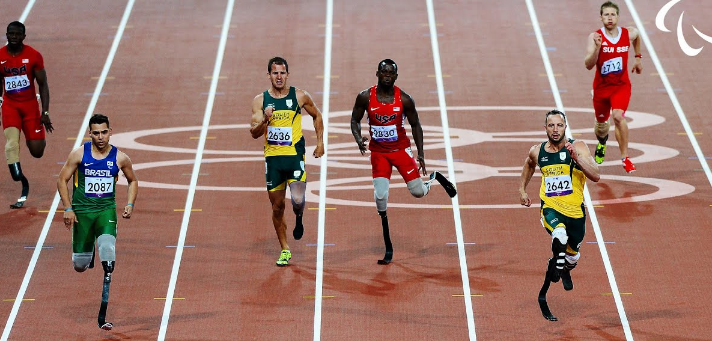
Wait—You Can Dream About a Body You Never Had?
Let’s play a quick game: Close your eyes and picture yourself in a dream. You might be flying, losing your teeth, or running late for school again (ugh). But here’s the question—what body are you dreaming with?
Now, here’s the twist: What if you were born without a limb… would you still dream of having one?
This very question just got a major spotlight thanks to a fascinating new study. Researchers looked into how people with congenital amputations—those born without a limb—see themselves in their dreams. And the results? Absolutely mind-bending.
Turns out, your dreams might be more like a memory album than a wish list.
The Phantom Limb Puzzle
We’ve known for years that people who lose a limb often still feel it. This is called a phantom limb. It can even hurt—an experience called phantom limb pain (PLP). It’s like your brain hasn’t received the memo that part of your body is gone. Spooky, right?
But if you were born without a limb—your brain never got that “full body” experience in the first place. That makes things really interesting when we talk about dreams. Do people born without a limb still imagine themselves whole in the dream world? Or do their dreams match their waking reality?
Researchers decided to find out. And they didn’t stop there—they wanted to know when our brains lock in the memory of our bodies. Is there a “cutoff” age? Can a toddler’s mind remember a body that’s no longer there?
Dreaming of Limbs Past: The Study Scoop
This study rounded up 182 people who’d either been born without a limb or had lost one early in life (before age 6). The researchers grouped them like this:
- Born without a limb (congenital amputees)
- Lost a limb between 0–2 years
- Lost a limb between 3–4 years
- Lost a limb between 5–6 years
Then they asked them about their dreams. Specifically: Do you ever dream of having an intact body?
The answer? It depends on how old you were when the limb was lost.



And here’s the kicker: It didn’t matter how long ago the amputation happened, or whether they felt phantom limb pain. The age at amputation was the strongest predictor of dream content.
So… Is There a “Body Memory” Deadline?
This study suggests something big: Our brains may “lock in” a mental image of our bodies sometime around age 3.
Why 3? Well, it lines up with something psychologists already know—childhood amnesia. Most people can’t remember life before about age 3. So if you lose a limb before then, you might never build a lasting memory of having it.
Think of your brain like a scrapbook. Before age 3, the pages are kind of fuzzy. But once those memory circuits kick in, you start recording more vivid snapshots of your body—and those snapshots make their way into your dreams.
It’s not just about what your body is, but what your brain remembers.
But What About “Innate” Body Models?
Now, there’s another layer to this. Some scientists believe we might be born with a kind of “default body map”—a built-in sense of what a human body is supposed to look like.
This would explain why even people who’ve never had certain body parts might still imagine them. Kind of like how people born blind sometimes still have dreams with visual elements.
And guess what? The study found a little evidence of this too. Even some congenital amputees reported rare dreams of having all their limbs. So maybe there is a basic body model lurking in our brains—waiting to be filled in with life experience.
The Role of Media and Mirror Neurons
Let’s not forget the influence of daily life. We’re surrounded by people with two arms and two legs—on TV, in our families, at school. That exposure might subtly shape the way we imagine ourselves, even in dreams.
Some researchers think we use “mirror neurons” to mentally rehearse what we see others do. So maybe, just maybe, seeing others run or hug or high-five helps build a mental model that ends up in our dreams—even if we’ve never physically done those things ourselves.
Wild, right?
So, What’s the Takeaway?
Dreams aren’t random nonsense. They’re your brain’s late-night theater, starring you—as remembered, imagined, or deeply felt.
This study shows that the version of “you” that shows up in dreams depends on when you formed memories of your body. Lose a limb after age 4 or 5? Your brain keeps the pre-amputation body image alive in dreams. Never had the limb to begin with? Your dreams reflect that reality.
But there’s room for mystery. The occasional dream of an intact body among congenital amputees hints at deeper cognitive processes—innate body maps, subconscious influences, or even the power of imagination.
Let’s Explore Together 

Now it’s your turn! This research opens up so many fascinating questions about memory, identity, and how our brains build the story of who we are. Let’s keep the curiosity rolling:



Drop your thoughts in the comments, share this blog with your dream-obsessed friends, or start a brainy convo on social media. Because science is cooler when we explore it together.



